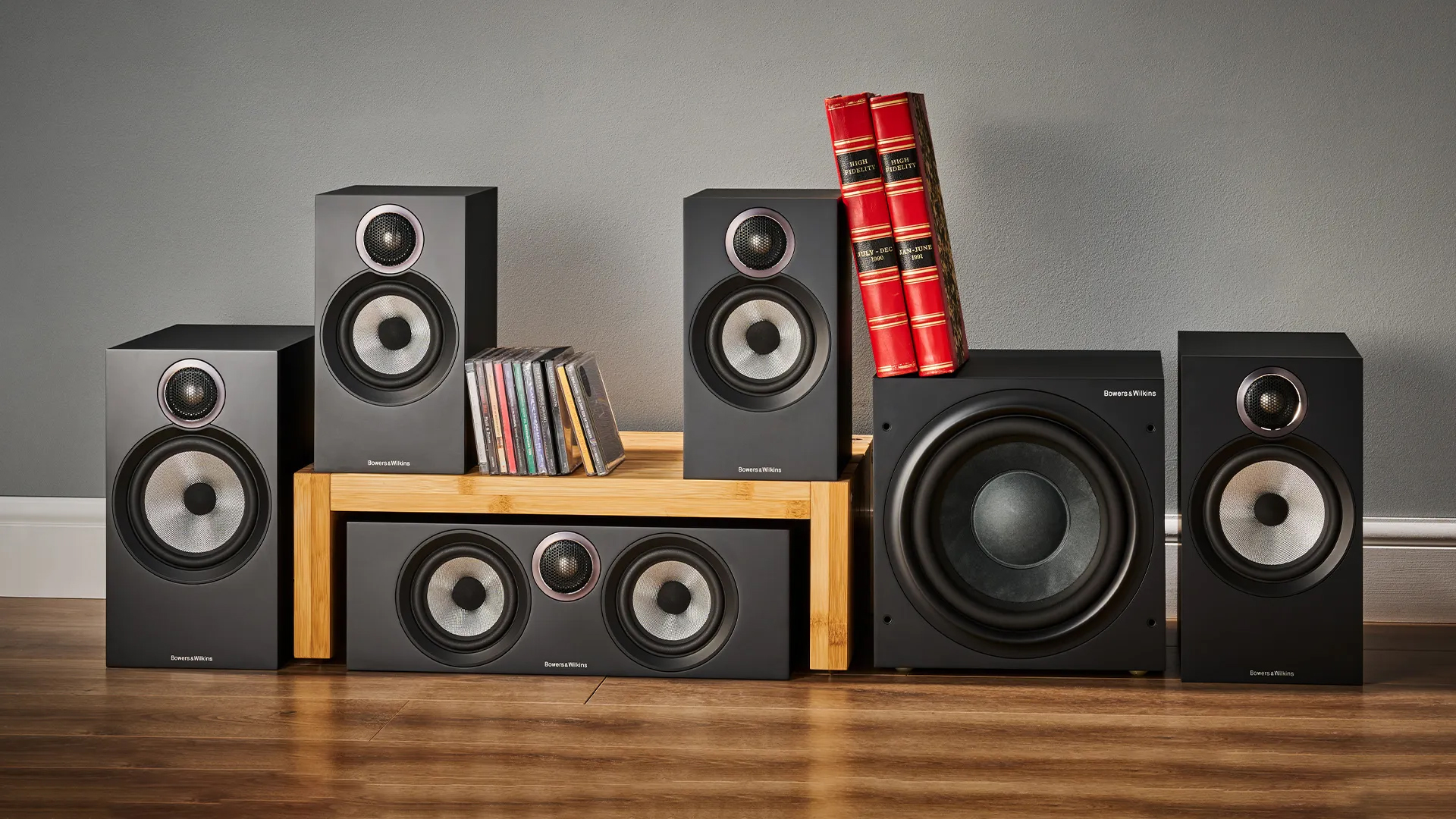
If you want to really improve your TV's audio beyond one of the best soundbars, you need one of the best surround sound systems. But these come in multiple configurations, including 5.1 and 7.2.
Wondering which to go for? Let us be your guide.
We'll explain what these systems entail, how they differ, and the pros and cons of each. That way, you can buy the best system for you, and enjoy the true home cinema experience for many hours to come.
- Which TVs sound the best? We find out
What do 5.1 and 7.2 mean?

These numbers refer to how many of what type of speakers the setup contains. The first number is how many 'standard' speakers it involves, while the number after the decimal point is the number of subwoofers.
So a 5.1 setup will involve five speakers (ordinarily a centre channel, plus two front and two rear speakers), and one subwoofer. A 7.2 system adds two additional 'standard' speakers and a second subwoofer.
Is 5.1 or 7.2 better?

It all comes down to your situation. More speakers will create a more impactful sound, and adding two extra speakers at the back will make the audio much more immersive. An extra subwoofer will help even out the bass response as well, spreading the bass equally throughout the room.
But 7.2 systems certainly have their downsides.
The first is space. Most people don't have room to accommodate nine separates, at least not without cluttering up their lounge.
Then there's the question of arrangement. Adding two extra speakers at the back of the room often isn't practical, particularly if your sofa is against the back wall (as most people's will be to maximise floorspace).
In such cases, a better solution could be adding two Dolby Atmos channels (via Atmos toppers) at the front of the room to create a 5.1.2 system – assuming your AV receiver supports Atmos, of course.
Some AV receivers also don't support 7.2 systems, as they're limited to 5.1. But most do.
Then there's the cost. Because it involves more speakers, a 7.2 system will be more expensive than a 5.1. For example, the Klipsch Reference 605 Atmos 7.1.2 package is £1999 at Richer Sounds, but the 5.1.2 version is over £300 cheaper.
If you have the money and the space, a decent 7.2 system will provide a fantastic experience. But for many of us, a 5.1 arrangement will more than suffice.
Advantages of surround sound vs a soundbar

We're big fans of soundbars here at What Hi-Fi?. They're compact, and usually more affordable than a surround sound system. But they do have their downsides.
You have to make sure your model will fit with your TV. If your soundbar is too tall it will obscure the bottom part of the TV screen.
LG and Samsung make soundbars specifically for use with their TVs, so you know they will fit and look all of a piece. But they don't sound the best.
It's not just a case of finding room for it, either. If it has upward-firing speakers, as many models do, it can't have anything above it as that would block the sound. So you can't place it on a lower shelf.
Then there's the spread of sound it produces. Because all the speakers are directly under the TV, you won't get a truly immersive sound as you will with a proper surround system. Even with Dolby Atmos and other processing to create a 'virtual' surround sound, there's no substitute for the real thing.
That's why if you have the budget, and the space, we recommend a 5.1 or 7.2 surround sound system – or a full-fat Dolby Atmos speaker system if you can go that far.
MORE:
Check out the best surround sound systems
Don't buy a TV, sound is the most important upgrade you can make







